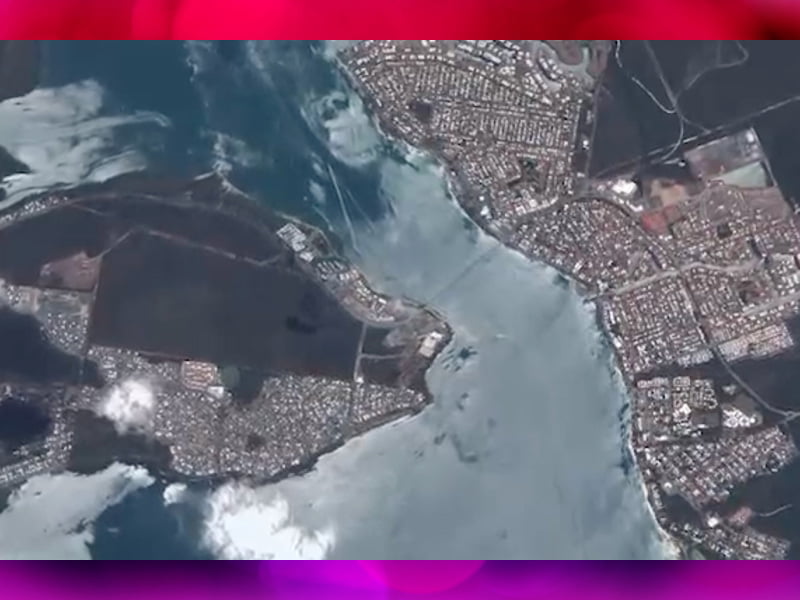As trickles of available geospatial data has turned into torrents, new insights have been applied to everything from agriculture and biosecurity to healthcare.
Geospatial Intelligence is a specialist Australian provider of geospatial information and analytics, building innovative solutions to geospatial challenges since 2002.
Its related company, Spatial Apps, focuses on using space-derived data to solve global challenges in sectors that are traditionally not consumers of space data, including health, travel, and biosecurity.
In short, the company fuses spatial, web, mobile and artificial intelligence technologies together into integrated solutions. The team’s experience spans geospatial analysis and space-based remote sensing, software development and data exploitation using AI/machine learning technology.
Named a finalist in the 2022 InnovationAus Awards for Excellence in the Space, Earth Observation and Geospatial category, the Canberra-based company recently turned its attention to the health sector prior to the global pandemic.

The 2022 winners will be announced at black-tie gala event at the Cutaway venue at Barangaroo in Sydney on November 17. You can reserve your tickets here.
With a view to improving human health and safety, it rolled out a Pandemic Early Warning System (PEWS), which provides rapid, actionable on data from a multitude of sources, integrated using geospatial technology.
Essentially, the pandemic system is designed to help identify disease outbreaks as they occur, evaluate risk profiles, and understand potential transmission pathways.
According to Spatial Apps and Geospatial Intelligence managing director Rob Coorey, this decision support tool assists in early decision-making in an uncertain environment, helping clients respond to actual rather than modelled information, potentially reducing the loss of lives and economic impact.
“How would it be if we could provide all of the information to respond effectively to a disease in real-time, rather than finding out about it four weeks later?” Mr Coorey said.
“Millions of people have died because of COVID, it has destroyed global economies, so how could we do a better job by using space technology, and the latest innovation such as AI and machine learning to help humanity?”
While the company is “fundamentally a space company,” Mr Coorey said it wanted to bring the reality and benefits of space – whether exploration or launching satellites – back down to humanity. It has, therefore, it set its sights on healthcare, a sector that would greatly benefit from space-derived data.
According to the 2021 Market and Market’s Geospatial Analytics Report, the global geospatial analytics market size is projected to grow from US$59.5 billion in 2021 to US$107.8 billion in the five years to 2026.
The bulging market means it’s an ideal time for the company to apply its specialised knowledge and expertise to bolster human safety – particularly now given the COVID-19 pandemic prompted governments around the world to explore innovative solutions to mitigate future losses due to pandemics, Mr Coorey said.
“How does a person walking down the street benefit from these billions and billions of dollars that we’re spending in the space sector? So, we’re really looking at that – the human benefit of space development technology.”
‘What, where and why’
The key component of the PEWS is its ability to geospatially combine textual, numeric, tabular and location data in near real-time, providing unique locational insights. Multiple AI systems are used to filter and analyse data, identifying disease indicators about specific locations.
“The system can then evaluate transmission probability and transmission routes using Satellite Automated Identification System (Satellite AIS), Automatic Dependent Surveillance Broadcast (ADS-B), route network analysis, isochrone mapping and satellite imagery,” Mr Coorey said.
“It’s all about the what, where and why – and it’s all about location. Fundamentally nothing happens randomly, whether it’s intelligence, whether it’s crime. What we do as a company is work out the why. We can usually work out the where and the what, but something happens with location and the why.”
Commercial outlook looks bright
And the company is already on the move, according to Mr Coorey, who said the success of the PEWS has allowed expansion into the UK, with an office now located in London, as well as opportunities in the European market.
Additionally, in 2022, a successful PEWS trial was conducted in India in partnership with the UK government.
Why the UK buzz? The UK was chosen as the first market for expansion due to the cultural alignment, the establishment of the UK-Australia Space Bridge and the Australia-United Kingdom Free Trade Agreement. The Australia-UK FTA, and the Space Bridge enable staff exchange between the two countries and provides additional impetus for technology sharing.
At the same time, Spatial Apps has an international patent application and patent applications pending in Australia, Israel, the UK, Canada and a granted patent in the US.
Do you know more? Contact James Riley via Email.
